In the era of heightened hygiene awareness, keeping our smartphones clean has become a priority. Two popular methods dominate the discussion: alcohol-based sanitizers and UV light sterilization. But which one truly stands up to scientific scrutiny? A recent lab evaluation sheds light on the effectiveness, safety, and practicality of both approaches, revealing nuances that might surprise even the most hygiene-conscious users.
The Science Behind Alcohol-Based Disinfection
Alcohol, particularly isopropyl alcohol at concentrations between 70-90%, has long been the gold standard for surface disinfection. When applied to smartphones, it effectively breaks down the lipid membranes of viruses and bacteria, rendering them inactive. Laboratory tests confirmed that a proper alcohol solution can eliminate up to 99.9% of common pathogens within 15 seconds of application. However, the study also uncovered potential drawbacks. Frequent use of alcohol can gradually degrade oleophobic coatings on smartphone screens, potentially making them more prone to fingerprints and smudges over time. Some manufacturers explicitly warn against alcohol use on certain device models, particularly those with special screen coatings or older devices with compromised water resistance.
UV Light: The High-Tech Alternative
UV-C light sterilization has emerged as a promising alternative, especially with the proliferation of dedicated phone-sanitizing devices. Laboratory measurements demonstrated that properly calibrated UV-C light at 254 nm wavelength can achieve comparable disinfection rates to alcohol, typically requiring 5-10 minutes of exposure. Unlike liquid solutions, UV leaves no residue and doesn't risk liquid damage to phone components. However, the study revealed significant variations in effectiveness depending on light intensity, exposure duration, and most importantly - shadowed areas that the UV light cannot reach directly. Devices with complex camera arrays or textured surfaces showed reduced effectiveness as the UV light struggled to reach all contaminated surfaces evenly.
Real-World Performance Considerations
Beyond laboratory benchmarks, practical considerations play a crucial role in determining the better disinfection method. Alcohol wipes offer immediate portability and can be used anywhere, while UV devices typically require carrying additional equipment. The study noted that alcohol allows for more precise application, particularly important for cleaning around ports and buttons where germs often accumulate. Conversely, UV devices provide hands-off operation, reducing cross-contamination risks during the cleaning process itself. An interesting finding showed that while UV effectively kills surface microorganisms, it doesn't physically remove dirt and grime the way wiping with alcohol does.
Material Compatibility and Long-Term Effects
Extended testing over several months provided insights into long-term effects. Alcohol-treated devices showed gradual degradation of rubber seals and adhesives, potentially compromising water resistance in some models. UV-treated devices, while showing no material degradation, occasionally exhibited slight discoloration of certain plastics after hundreds of cycles. The study emphasized that proper technique matters - excessive alcohol application or using overly concentrated solutions accelerated damage, while UV overexposure provided diminishing returns in disinfection effectiveness while increasing potential material risks.
The Verdict: Context Matters
The laboratory concluded that neither method is universally superior. For quick, on-the-go disinfection with immediate results, properly diluted alcohol solutions applied with microfiber cloths remain effective. For regular, thorough sanitization without physical contact, UV devices offer a reliable alternative, especially when used as part of a routine. Many health professionals in the study recommended a combined approach - using alcohol for spot cleaning when needed and UV for periodic comprehensive sanitization. The key takeaway emphasizes understanding each method's strengths and limitations rather than seeking a single perfect solution.
As smartphone hygiene becomes an enduring concern rather than just a pandemic-era precaution, manufacturers are beginning to respond. Some newer device models now incorporate materials better suited to frequent cleaning, while third-party accessory makers are developing hybrid solutions that combine UV with other sanitizing methods. The laboratory team emphasized that regardless of the chosen method, consistency and proper technique ultimately matter more than the specific disinfection approach selected.

By /Jun 7, 2025
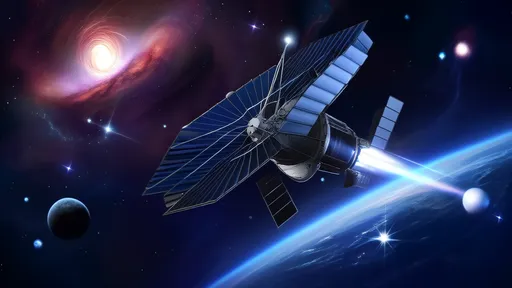
By /Jun 7, 2025

By /Jun 7, 2025
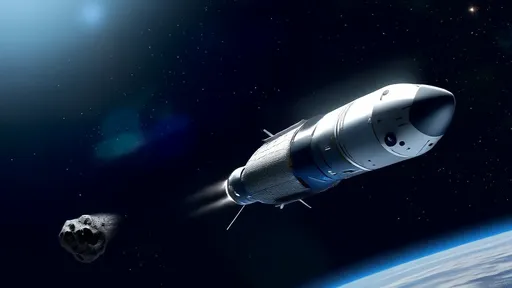
By /Jun 7, 2025

By /Jun 7, 2025

By /Jun 7, 2025

By /Jun 7, 2025
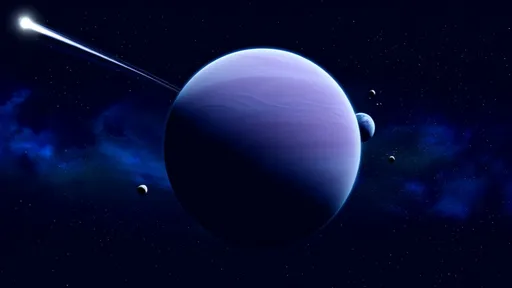
By /Jun 7, 2025
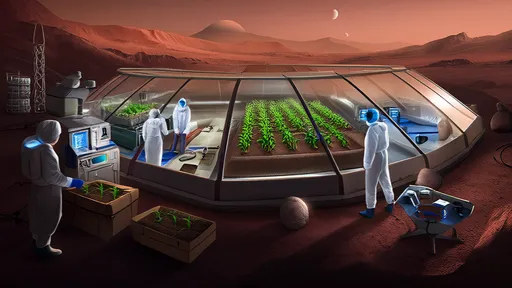
By /Jun 7, 2025

By /Jun 7, 2025

By /Jun 7, 2025
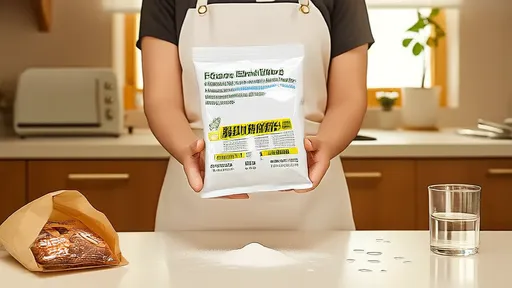
By /Jun 7, 2025

By /Jun 7, 2025

By /Jun 7, 2025
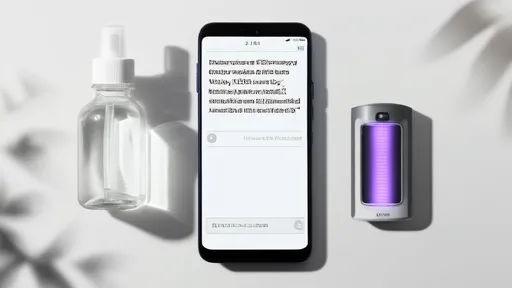
By /Jun 7, 2025
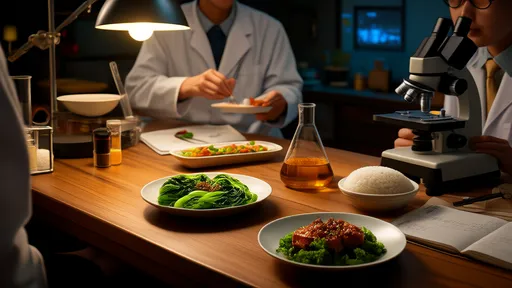
By /Jun 7, 2025

By /Jun 7, 2025
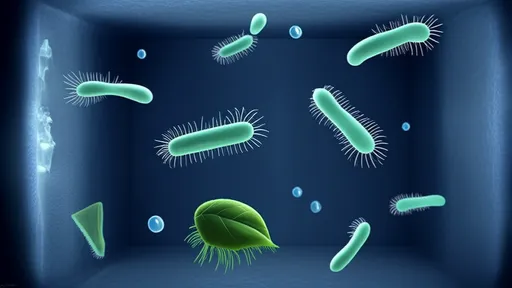
By /Jun 7, 2025

By /Jun 7, 2025
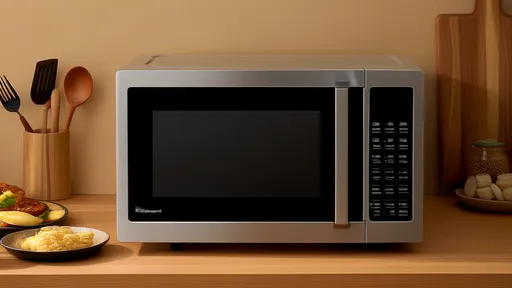
By /Jun 7, 2025